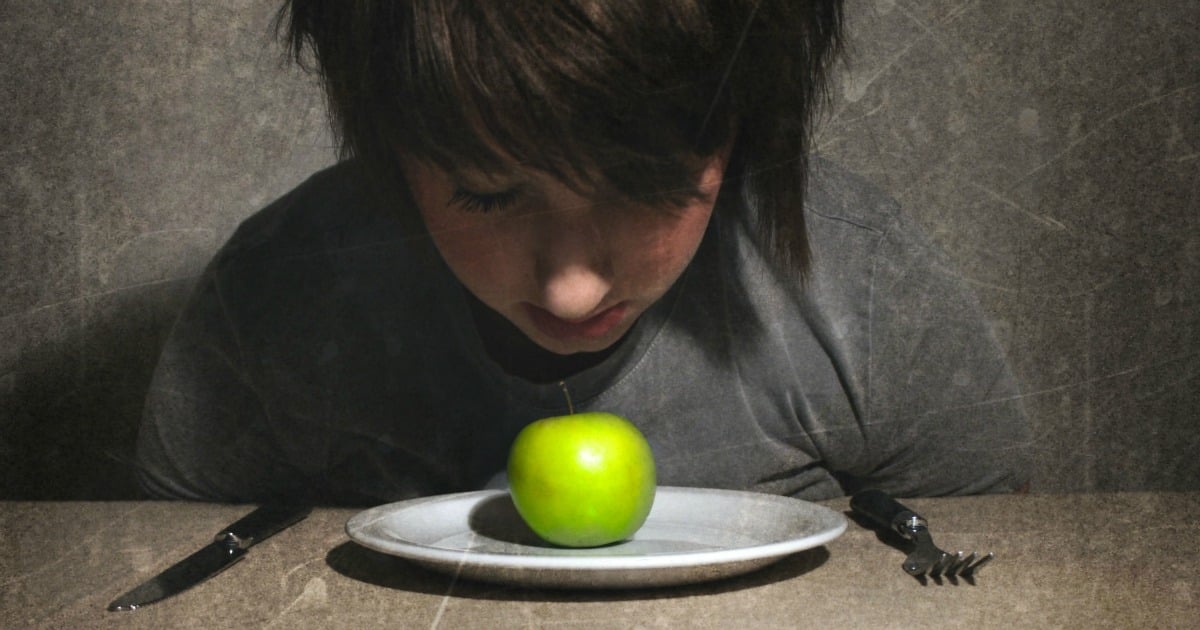Facts About The Impact of Social Media on Eating Disorders in Today's Society Uncovered

The Link Between Trauma and Eating Disorders: Checking out the Connection
Injury and eating ailments are sophisticated concerns that impact lots of individuals worldwide. While these two health conditions may seem to be unrelated at very first glimpse, there is a expanding body of proof proposing a powerful link between injury and the development of consuming problems. Understanding this connection is essential for healthcare specialists to supply efficient therapy and help for those influenced.
Trauma, in the situation of mental wellness, refers to an event or collection of activities that are upsetting or distressing to an person. This can include experiences such as bodily or sexual misuse, forget, witnessing violence, natural disasters, or crashes. Terrible events can have a extensive impact on a person's psychological well-being and may lead to numerous mental wellness ailments, featuring post-traumatic stress and anxiety disorder (PTSD), anxiousness conditions, clinical depression, and consuming disorders.
Eating conditions are intricate psychological illnesses identified by unhealthy behaviors and mindsets towards food and body system body weight. The most usual types of eating conditions consist of anorexia nervosa (extreme constraint of meals consumption), bulimia nervosa (binge-eating adhered to by purging), and binge-eating condition (constant incidents of overindulging without compensatory behaviors). These problems typically stem from underlying emotional problems related to self-esteem, management, perfectionism, or body system photo discontentment.

Investigation has revealed that people who have experienced trauma are at a greater risk of cultivating consuming conditions contrasted to those who haven't experienced trauma. Many research studies have located a considerable association between childhood injury (such as physical or sex-related misuse) and the succeeding development of consuming problems later in life. The terrible experience can easily interrupt regular dealing systems and provide to the development of disordered eating designs as a means to restore control or reduce mental ache.
One feasible description for this hyperlink is that stressful experiences can lead to sensations of shame, regret, self-blame, or reduced self-worth. These negative emotional states may then materialize as body image discontentment and a fixation along with weight and appeal, sustaining the progression of an consuming problem. In addition, injury heirs might use disordered consuming behaviors as a dealing mechanism to restore management over their physical bodies or to distract themselves from agonizing moments.
An additional aspect that may add to the web link between trauma and consuming conditions is the impact of trauma on the brain's anxiety feedback body. Injury may induce dysregulation in the hypothalamic-pituitary-adrenal (HPA) center, which is responsible for managing stress and anxiety bodily hormones. This dysregulation can lead to enhanced levels of cortisol, a stress hormone that has been linked with altered appetite law and meals longings.
In addition, injury can easily also influence social relationships, which play a substantial duty in forming one's relationship with meals. People who have experienced injury may develop trouble depending on others or creating safe and secure accessories. This may lead to emotions of seclusion and loneliness, which might aggravate disordered consuming behaviors as a way to adapt with mental suffering.
It is important to take note that not all individuals who experience injury will certainly build an eating disorder. The growth of an eating problem is affected through a variety of factors consisting of hereditary proneness, personality traits, cultural effect, and ecological factors. However, understanding the hyperlink between trauma and consuming ailments may aid healthcare professionals create a lot more helpful procedure method that address both the rooting injury and the disordered consuming behaviors.
Dealing with individuals along with co-occurring trauma and consuming conditions demands a extensive strategy that focuses on taking care of each disorders at the same time. This usually involves therapy modalities such as cognitive-behavioral therapy (CBT), dialectical behavior therapy (DBT), eye motion desensitization and reprocessing (EMDR), or other evidence-based treatments. It is necessary for medical care experts to produce a secure curative setting where people experience sustained in discovering terrible take ins while additionally dealing with their disordered consuming patterns.
In verdict, there is a clear web link between damage and the development of consuming conditions. Click Here For Additional Info may provide to the advancement of disordered consuming designs as people attempt to adapt along with psychological grief or gain back a feeling of control. Understanding this link is necessary for healthcare professionals in supplying helpful therapy and help for those impacted through damage and consuming disorders. Through attending to both damage and disordered eating behaviors, people can easily start their trip in the direction of recovery and recuperation.
